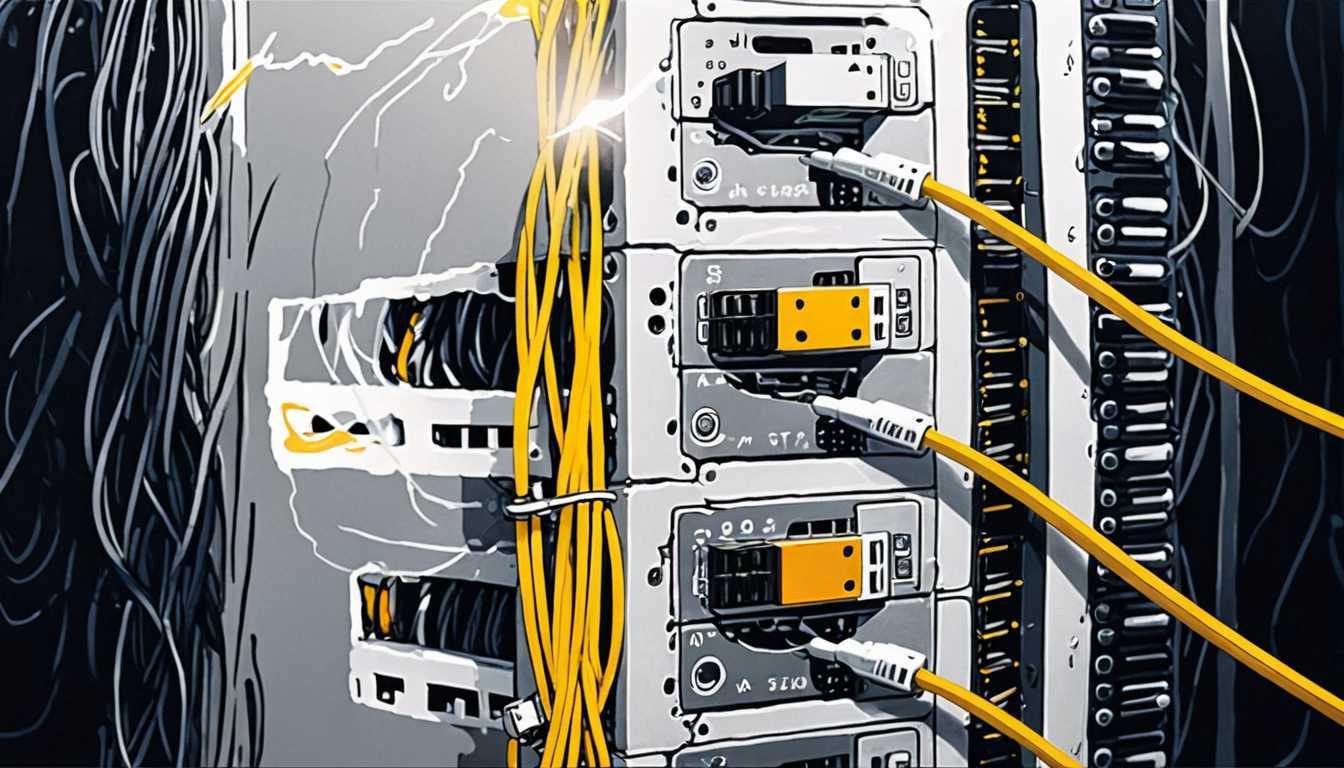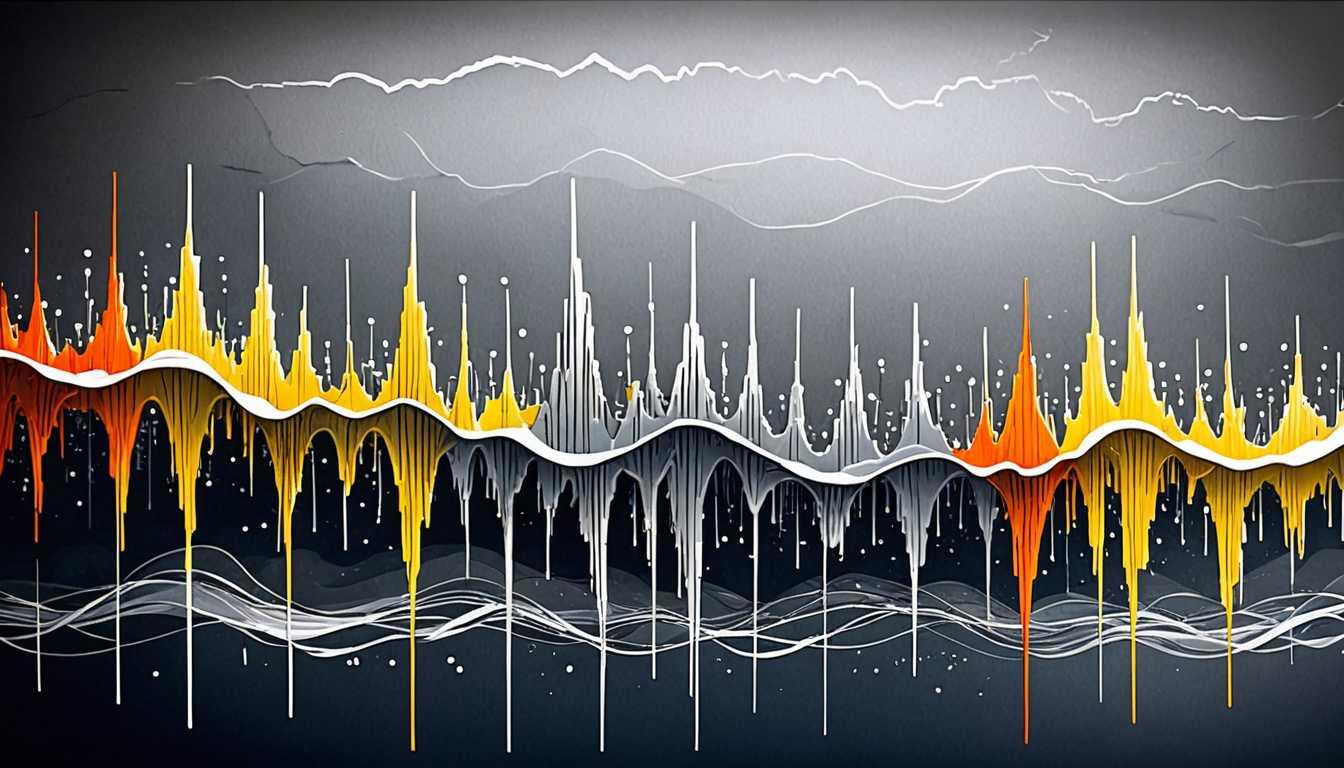Why Some Images Stick: MIT Study
April 2024
Massachusetts Institute of Technology (MIT)
Introduction
Ever wondered why some images stick in your brain forever, while others vanish like a Snapchat message? MIT's brainiacs have cracked it! Through a cool blend of brain-scanning tech, they've mapped how our brains cherish or chuck visuals. Dive into their discoveries and see why that skateboarding dog meme is unforgettable!
READ FULL ARTICLEWhy It Matters
Discover how this topic shapes your world and future
Unlocking the Secrets of What We Remember
Imagine looking at a series of pictures and realizing that some images stick in your mind more vividly than others. Why does this happen? This question is at the heart of a fascinating study by researchers who are mapping the brain to understand why certain visuals are more memorable. Using advanced technology, they've discovered that our brains have unique ways of processing and retaining images that make them memorable. This research isn't just about understanding memory; it has profound implications globally. It could lead to breakthroughs in how we treat memory-related disorders, help in the early detection of diseases like Alzheimer's, and even influence the design of educational and marketing materials to make them more effective. For you, understanding this could change the way you study, remember information for tests, or even how you take photographs to make them more memorable!
Speak like a Scholar
Magnetoencephalography (MEG)
A technology that measures the magnetic fields produced by brain activity to capture the timing of when different parts of the brain are active.
Functional Magnetic Resonance Imaging (fMRI)
A type of imaging that shows which areas of the brain are active by detecting changes in blood flow.
Spatio-temporal dynamics
Refers to how something changes over both space and time within the brain.
Ventral occipital cortex
A part of the brain involved in processing visual information like colors and shapes.
Temporal cortex
A region of the brain that helps process sensory input into meaningful patterns, such as recognizing objects.
Representational matrix
A chart used in neuroscience to show how similar or different the brain's responses are across different regions when performing a task.
Independent Research Ideas
Comparative Study of Memorability in Text vs. Images
Investigate whether people remember images or text better and why, exploring the different brain regions involved in processing each.
Impact of Color on Memory Retention
Explore how different colors in images affect their memorability. Could warmer colors like red and yellow make images more memorable than cooler colors like blue and green?
Role of Emotions in Visual Memorability
Examine how images that evoke strong emotions (happiness, sadness) are remembered differently from neutral images.
Memory Retention Across Different Ages
Study how memorability changes with age. Do younger people remember images differently compared to older individuals?
Technological Aids for Improving Memory
Design a study to test if certain technologies or apps can enhance memory retention of visual information, based on the brain regions identified in the research.
Related Articles

AI’s Minecraft Mapping Adventure Unleashed!
July 2024
Caltech - Research News

Meet the Eco-Friendly AI Supercomputer!
November 2024
Harvard Gazette

AI Transforms Drug Discovery Speed
June 2023
Massachusetts Institute of Technology (MIT)

Timing: The Secret to Better Hearing
January 2025
MIT News

Brain Chips Decode Speech
December 2023
MIT Technology Review